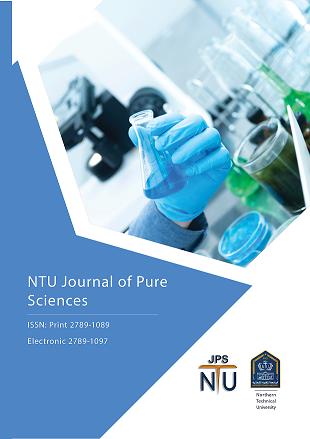Biosynthesis of MgO Nanoparticles Using Klebsiella pneumoniae and Staphylococcus aureus
DOI:
https://doi.org/10.56286/v8c3xn50Keywords:
Magnesium oxide, Environmentally, Klebsiella pneumonia, Ultraviolet-visible, CrystallineAbstract
In the present work, a magnesium oxide nanoparticle production process that is inexpensive, ecologically benign, and repeatable is mediated by Klebsiella pneumoniae and Staphylococcus aureus. The purpose of this study was to produce magnesium oxide nanoparticles by employing the bacterial culture supernatant of (K. pneumoniae and S. aureus) and to characterize them.The magnesium oxide nanoparticles were created using an environmentally acceptable extracellular bio-synthetic technique. magnesium nitrate was used as a source of MgO NPs. The MgO NPs were examined by scanning electron microscopy (SEM), transmission electron microscopy (TEM), energy dispersive X-ray (EDX), ultraviolet-visible (UV-Vis), and X-ray diffraction (XRD). The crystalline metallic MgO NPs' fifth main peaks were visible in the XRD pattern. The MgO K. pneumoniae NPs UV spectrum showed a sharp absorption peak at 330 nm and 334 nm for MgO S. aureus NPs. According to the current study's findings, K. pneumoniae and S.aureus bacteria can create MgO NPs extracellularly.
Downloads
Downloads
Published
Issue
Section
License
Copyright (c) 2024 NTU Journal of Pure Sciences

This work is licensed under a Creative Commons Attribution 4.0 International License.
The journal applies the license of CC BY (a Creative Commons Attribution 4.0 International license). This license allows authors to keep ownership of the copyright of their papers. But this license permits any user to download, print out, extract, reuse, archive, and distribute the article, so long as appropriate credit is given to the authors and the source of the work. The license ensures that the article will be available as widely as possible and that the article can be included in any scientific archive. Creative Commons License This work is licensed under a Creative Commons Attribution 4.0 International License.





